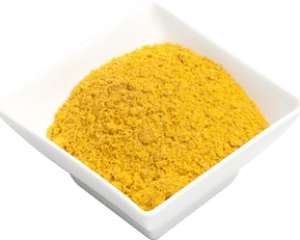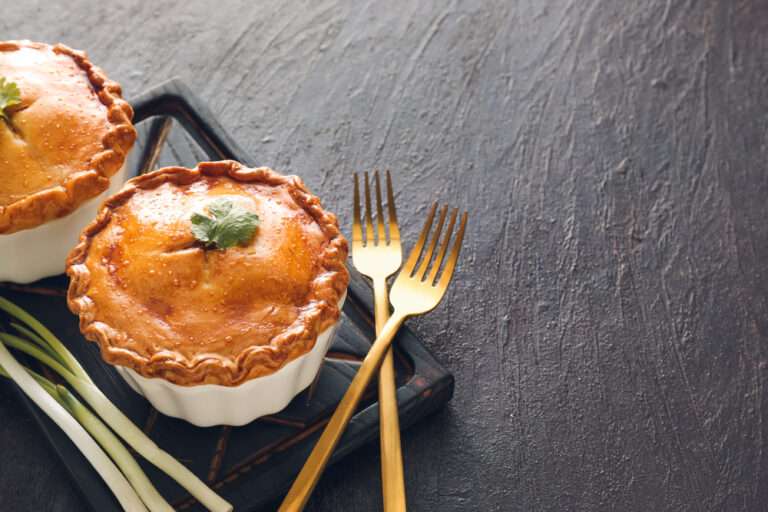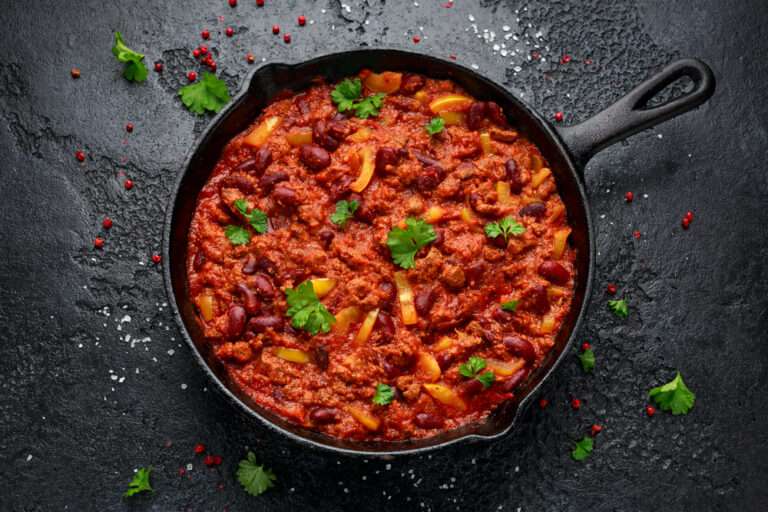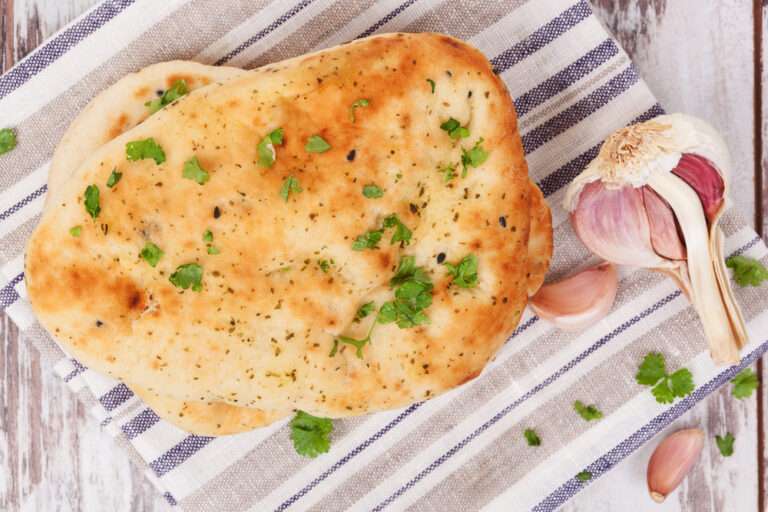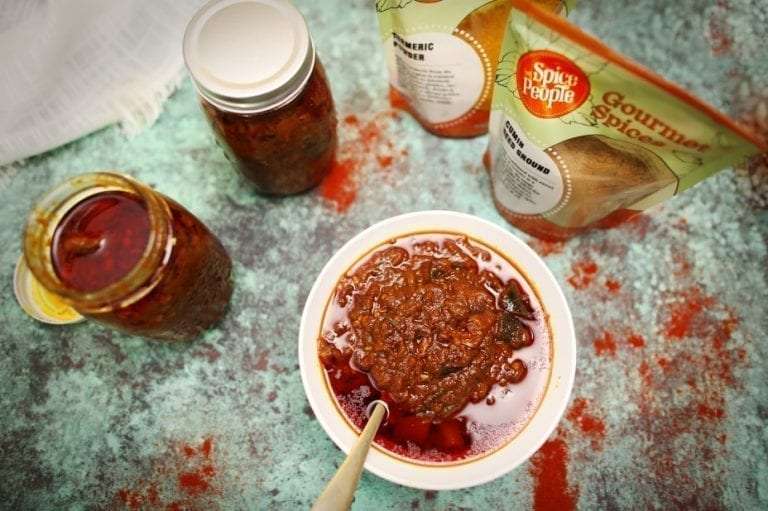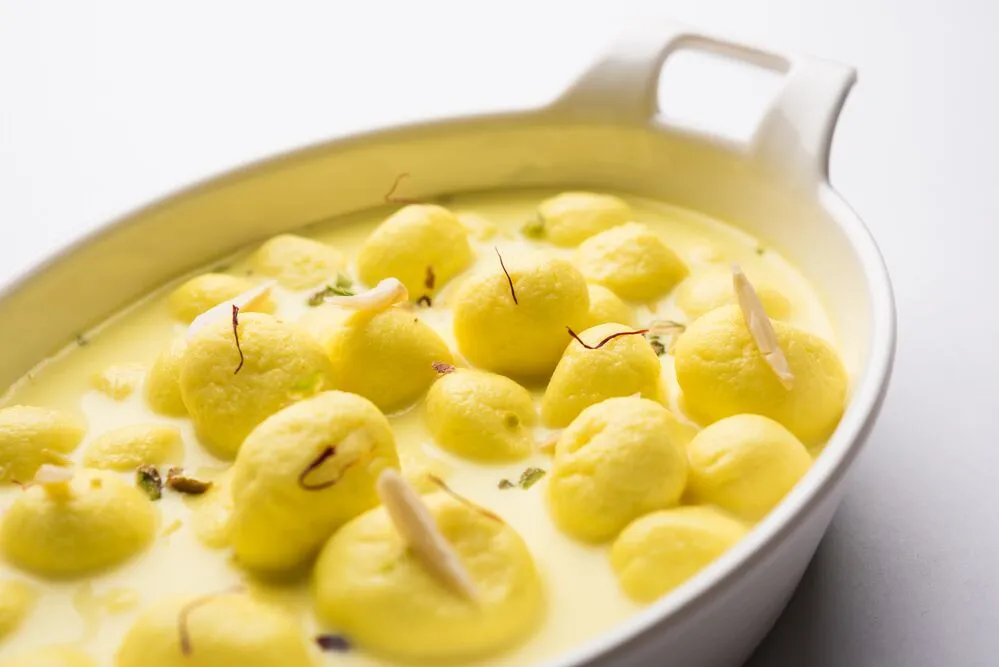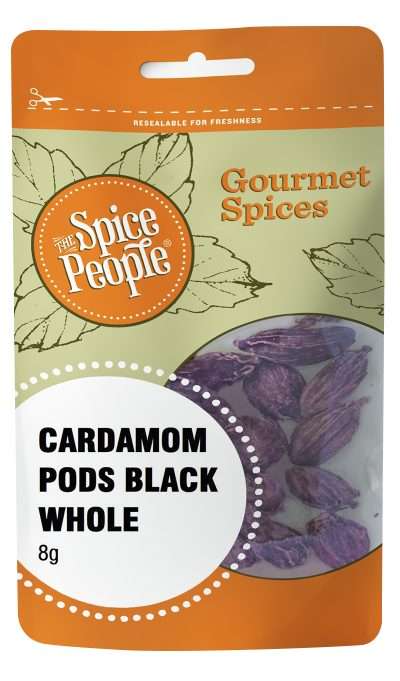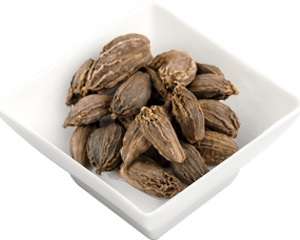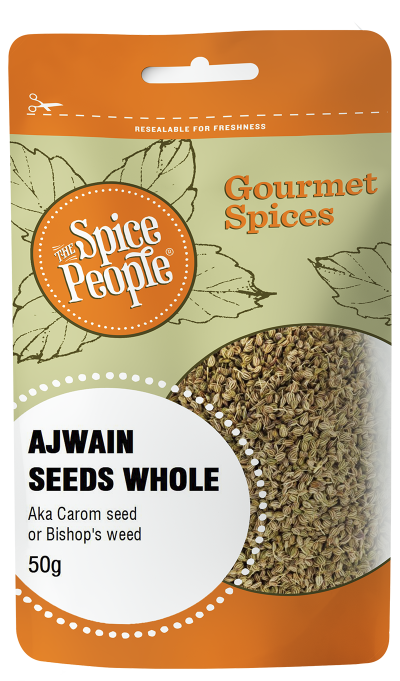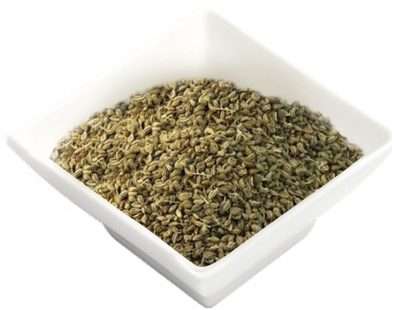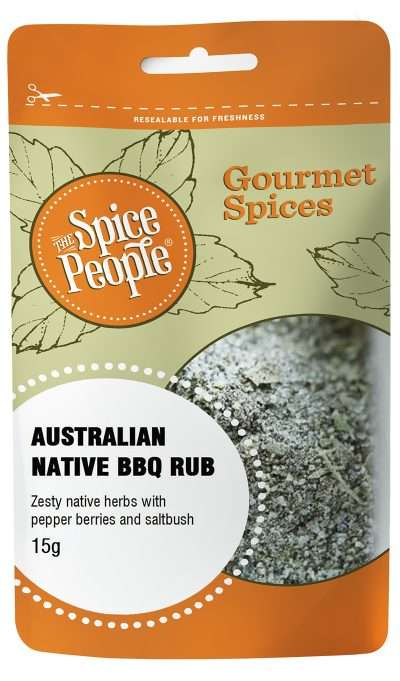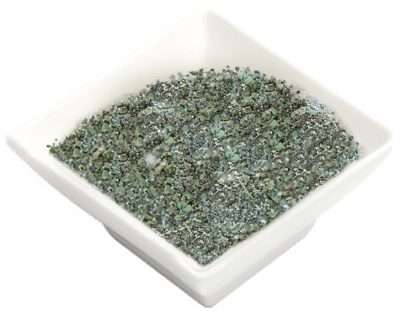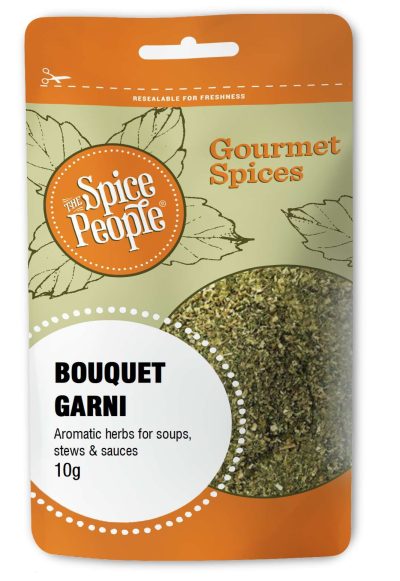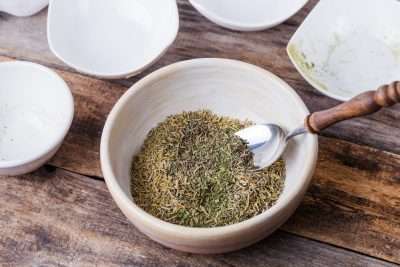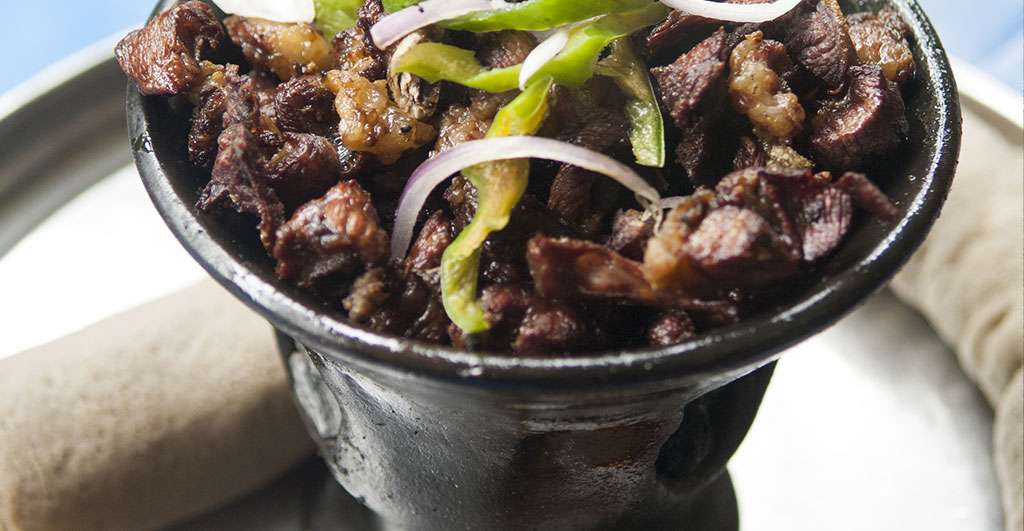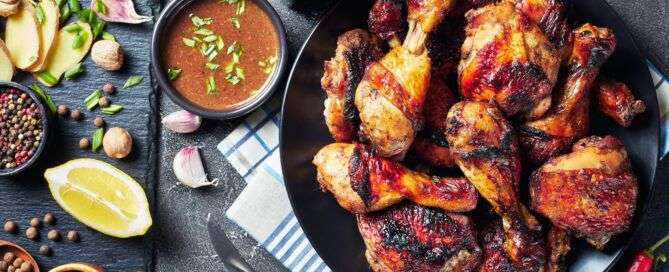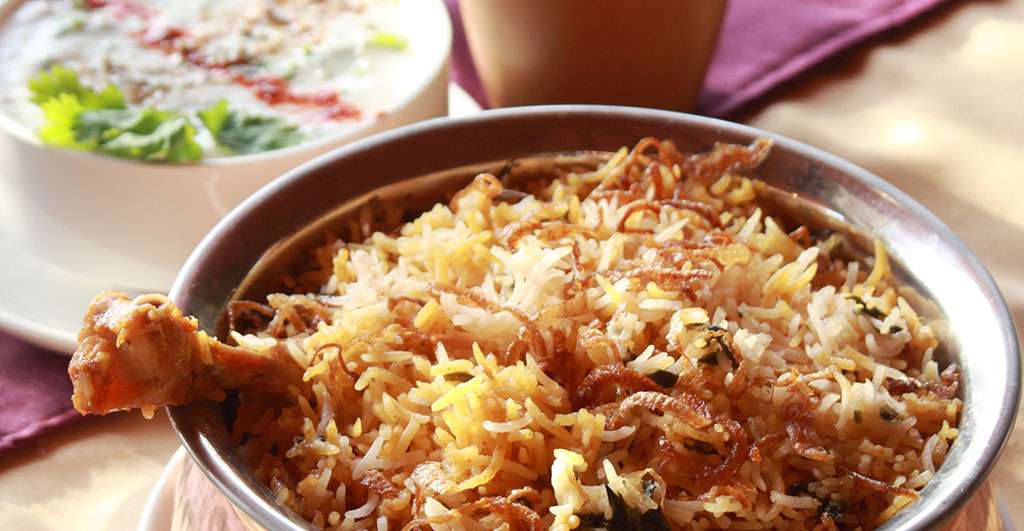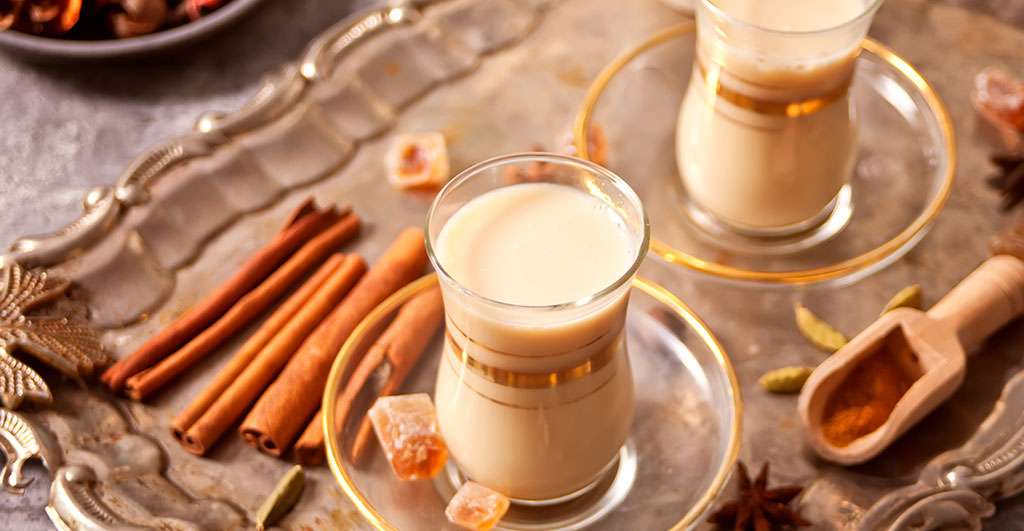Asafoetida Powder (Hing)- 30g
196 in stock
Product Description
Also known as Hing powder, it is often used as a substitute for garlic and onion. Asafoetida powder is made from white and milky resin from a species of giant Fennel. It has a unique smell and acidic flavor that disappear while cooking to leave a smooth and pleasant flavor similar to onion and garlic.
Flavour Notes:
An ancient aromatic spice commonly used in Indian and Middle Eastern cuisines, Asafoetida Powder, also known as Hing Powder, imparts a pungent and savoury flavour akin to onion and garlic. Made from the dried and ground resin found in the roots of the Ferula plant, Asafoetida Hing Powder not only adds a depth of flavour to dishes like curries, tagines and soups, but is commonly used in Ayurvedic Medicine for its anti-inflammatory properties. This multi-use wonder spice can be used as is or in conjunction with aromatic blends like Garam Masala, Curry Lentil Dahl or Moroccan Ras el Hanout.
Culinary Notes:
A staple ingredient in Indian and Middle Eastern cuisine, Asafoetida Powder has a strong and pungent aroma that mellows into a savoury, onion-like flavour when bloomed in warm dishes like curries, spiced rice dishes and aromatic slow-cooks. Due to its flavour likeness to onion and garlic, Asafoetida Hing Powder is an excellent option for those with fodmap sensitivities. Add its subtle umami flavour to dishes like Moroccan tagine, an Indian Lentil Dahl, Indian Sambar or Middle Eastern Pilaf. It also makes a fantastic addition to everyday meat marinades, BBQ spice rubs and seasonings for roasted veggies.
Other names and spelling: Devil’s Dung, Food of the Gods, Hing, Laser, Ferula asafoetida, Asafetida, Assafetida, Assafoetida, Asafoetida, Angedan, Stinking Gum, Stink Finger, Perungayam.
Health Benefits:
Asafoetida Powder has various health benefits and has been used for centuries in Ayurvedic Medicine – a traditional medicine practice native to India. Known for its anti-inflammatory properties, Hing Powder can be used as a digestive aid to help reduce bloating and abdominal discomfort, reduce blood pressure, and boost immunity to fight illnesses like the common cold. It is also strongly regarded for its high antioxidants and antimicrobial properties, which help alleviate bacterial and fungal infections.
Ingredients and country of origin:
Asafoetida, edible gum, rice flour, turmeric.
manufactured and sourced from India
How to use
Recipe/product links:
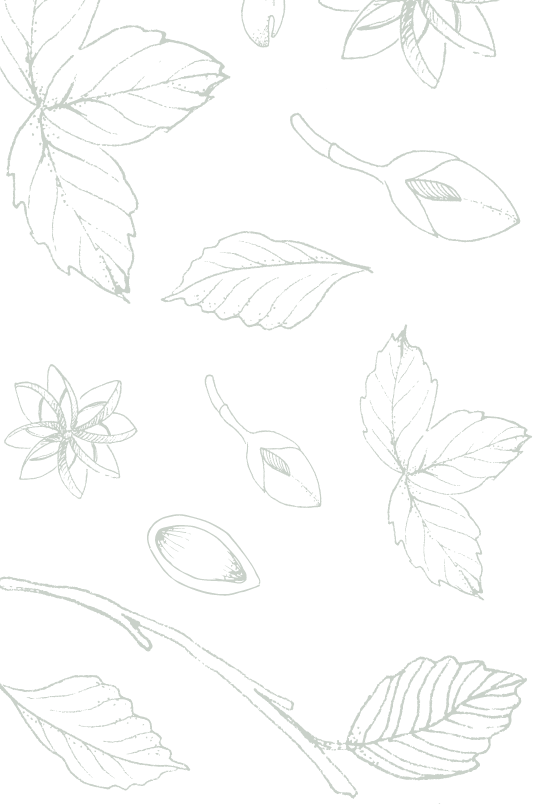
The Spice People FAQs


The Spice People FAQs
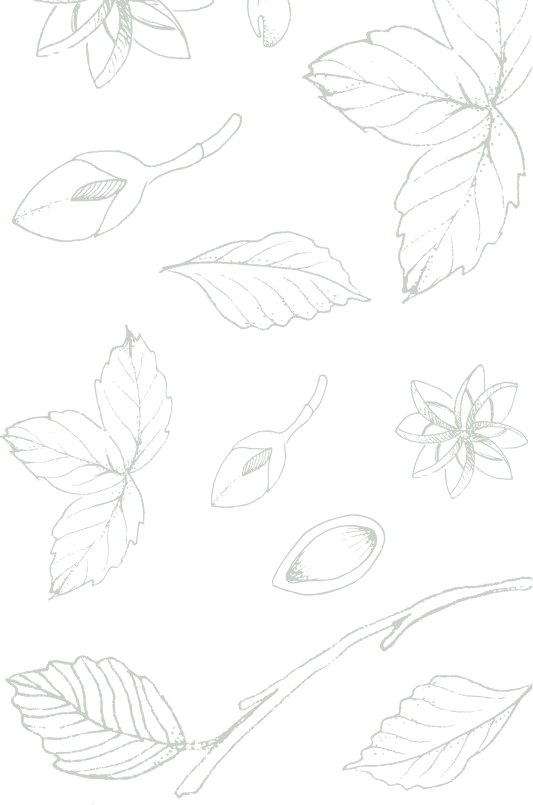
Other Spices you may like
Featured in



Join the Spice People to Get Started on Your Culinary Spice Journey!
Be the first to hear about our exclusive promotions, new product releases, recipes and more.

